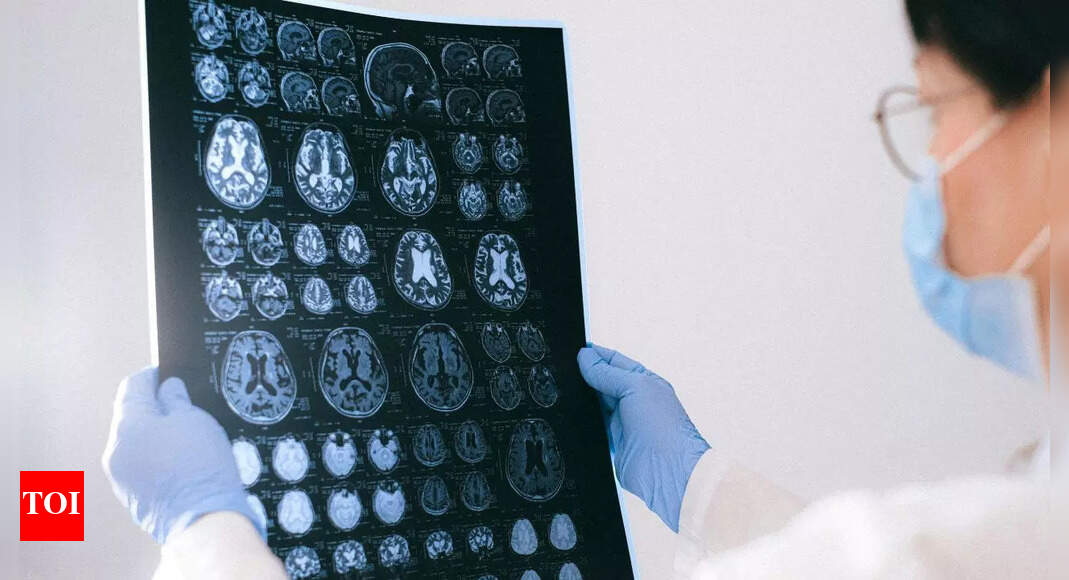The last time human beings were anywhere near the moon, Richard Nixon was president, “The Godfather” was in movie theaters, bell-bottoms and platform shoes were peak fashion, and Roberta Flack was at the top of the music charts with her soulful single “The First Time Ever I Saw Your Face.”The year was 1972 — the year of Apollo 17, NASA’s sixth and final crewed mission to the lunar surface. Fifty-three years later, astronauts finally are moon-bound once again, thanks to NASA’s Artemis program, which is currently scheduled to put humans back on the lunar surface in mid-2027. Before it puts people on the moon, however, NASA must prove that it can safely and successfully get them there. That’s the goal of its Artemis II mission, currently scheduled to launch in April 2026.The mission is as ambitious as it is exciting: During its 10-day flight, Artemis II will orbit Earth twice to ensure that its Orion spacecraft is working as expected. After the second, higher orbit is completed, Orion will take a figure eight-shaped journey to and around the back side of the moon before ultimately returning home. On board the entire time will be NASA astronauts Christina Koch, Victor Glover and Reid Wiseman, and Canadian Space Agency astronaut Jeremy Hansen, marking the first time in more than half a century that humans have entered the moon’s orbit.“What we’re doing is historic,” says Lakiesha Hawkins, assistant deputy associate administrator for NASA’s Moon to Mars program, which oversees the Artemis program. “We’ve got the will to go back to the moon, and we’ve got a team that’s ready to go.”It’s not as easy as it sounds. More than willpower, success requires thorough planning, deep expertise and flawless execution, which Artemis II’s scientists, engineers, project managers and crew have spent years cultivating. As the mission sprints its final lap before launch day, their fastidious preparation stands out as an achievement in its own right.
Optimizing Orion
Launching atop NASA’s Space Launch System rocket, NASA’s Orion spacecraft quite literally is the foundation on which the Artemis II mission rests. Getting it ready for flight has been a decades-long process, according to Orion Program Manager Howard Hu, who says the spacecraft was conceived in the early 2000s for NASA’s Constellation program. When Constellation was cancelled in 2010, Orion’s design was revised and repurposed for the Artemis program.“We’ve had a subsequent set of flight tests since then,” explains Hu, who says Orion has undergone three significant flight tests since 2010, culminating in the November 2022 launch of Artemis I — an uncrewed moon-orbiting mission that served as a trial run for Artemis II. “We’ve made a tremendous effort to make sure we’re building a very safe, reliable and capable spacecraft.”Since the success of Artemis I, the Orion team has been focused on building and testing the next iteration of the spacecraft that will fly for Artemis II. Every component of the spacecraft has been tested both individually and collectively as part of an integrated system, according to Hu, who says Orion has undergone vacuum, thermal and acoustic vibrational testing to make sure it can withstand the rigors of launch and deep space.Among the most consequential tests are those components the crew will need that have been added to Orion explicitly for Artemis II, including the displays and hand controllers they will use to manage and interface with the spacecraft, as well as the life support system that will provide breathable air for them in space.“We’re not very far from the getting to the launchpad, so we’re really excited,” Hu says. “There’s still work to be done, but we’re doing it.”
Coaching the Crew
The crew — including two backup crew members, NASA astronaut Andre Douglas and Canadian Space Agency astronaut Jenni Gibbons — have been just as busy as the people assembling their spacecraft.“As scientists, we know it’s important to check our systems … and the human is a very complex system,” explains Hawkins, who says crew members have been following a rigorous fitness routine to build physical strength for the mission while working with mental health professionals to build mental and emotional strengthWith launch fast approaching, however, the most critical training lately has been focused on operating the Orion spacecraft. On July 31, for example, the crew entered their spacecraft in their flight suits for a multiday training — a dress rehearsal of sorts — at NASA’s Kennedy Space Center in Florida.“They’re going to don their flight suits, and they’re going to practice the activity of actually getting into the spacecraft, checking out the systems, checking out communications capability and doing all the things needed to get … out of the spacecraft,” Hawkins said days prior to the training. “So, they’ve been super busy.”Adds Hu, “The crew need to be experts in operating the spacecraft and responding to issues with the spacecraft, and they need to be able to interject when necessary if they have to take over certain automated systems. That’s what they’re working hard on as we lead up to flight.”The crew also has practiced launch-day operations at night in the event of an evening launch and has even rehearsed recovery operations at sea alongside the U.S. Navy, which is tasked with retrieving the crew upon its return to Earth.“We want to make sure they’re comfortable and confident that they know what to do in every scenario — if things go well, as well as if something goes unexpectedly,” notes Hawkins, who says Artemis II is on track to launch on time not in spite of all the training and testing that’s required, but because of it. “All the preparation we do is to make sure that this mission is executed in a flawless manner. … For that reason, we fully expect to be able to meet the timeline that we have laid out for this mission.”
First Appeared on
Source link











